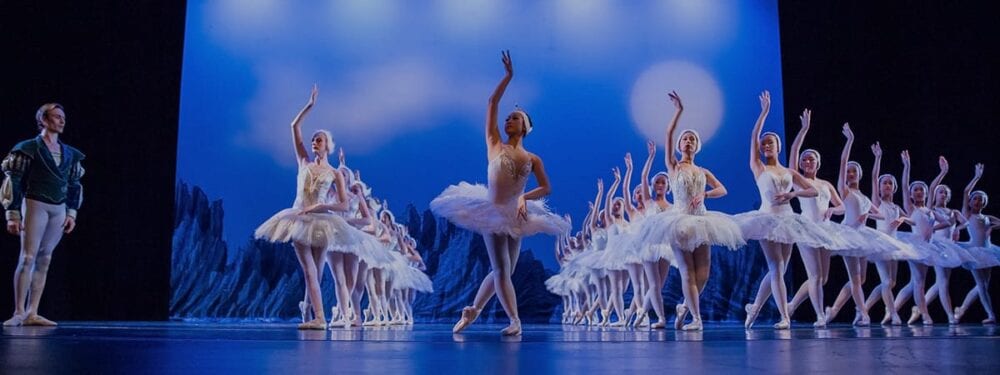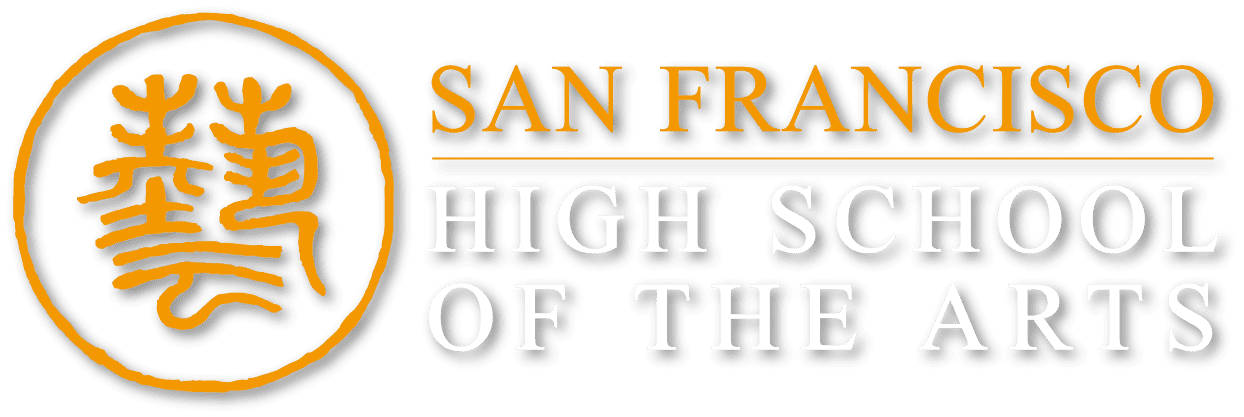The fundamental courses for visual arts include chiaroscuro (grisaille), painting (oil painting/acrylic), and sketch (pen art/mixed media). Students also participate in plein air drawing for painting from life once a week.
Each semester, or as often as once a month, our Master Class series brings in different master artists who showcase and conduct demonstrations for our students.
Throughout the course of their studies, students are introduced to the works and techniques of Leondardo da Vinci, Michelangelo, Raphael, Sargent, Zorn, Sorolla, Rembrandt, Bouguereau, Richard Schmid, as well as living masters including Jeremy Lipking, Odd Nerdrum, Steven Assael and the current Atelier movements of works from the artists at institutions like Grand Central Atelier, Florence Academy of Art, and Art Renewal Center.
Students use a limited palette to later progress to a full palette in oil painting techniques including, but not limited to, Alla Prima (Wet on Wet), Open/Closed Grisaille, and Indirect Painting.
HSArts students choose from a variety of art electives, which include Chinese Painting, Handcraft, Calligraphy, Architecture, Animation, Clay, Costume Design, Graphic Design, Film-making, and Video Editing. Students spend the majority of their time, at least 60%, building a solid art foundation through our fundamental training coursework offerings.





